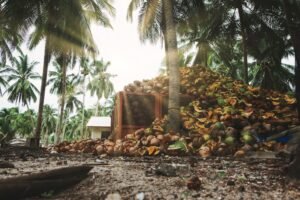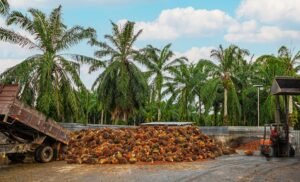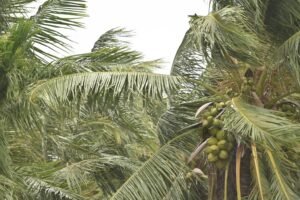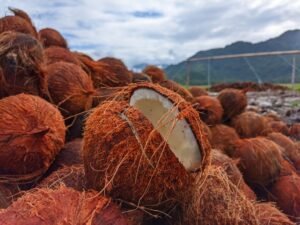
Coconut Export Packaging Innovations and What’s New in 2025
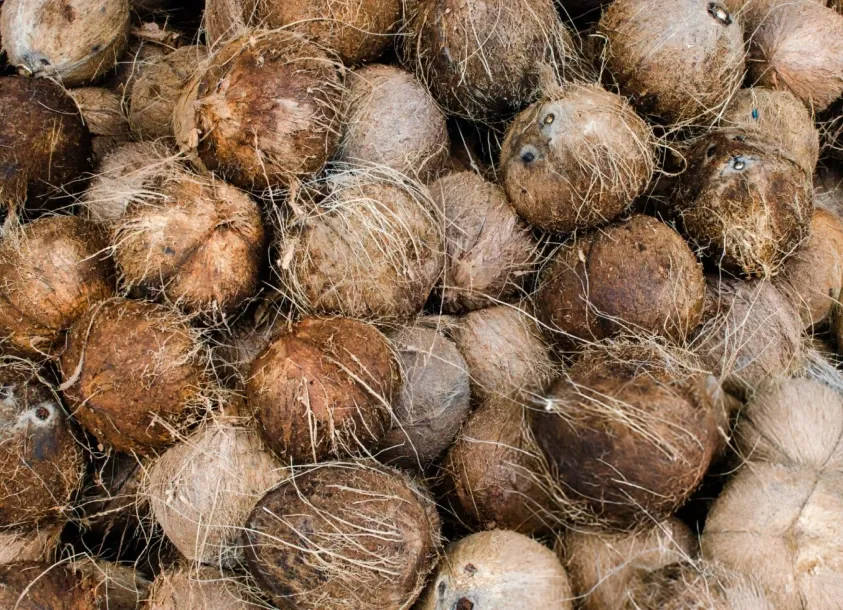
Understanding Coconut Export Packaging in 2025
Coconut export packaging has evolved far beyond basic boxes and sacks. In 2025, the global demand for coconuts, both fresh and processed, has driven suppliers to adopt smarter, safer, and more efficient packaging solutions. These changes are not only about preserving product quality but also about meeting the stringent regulations and sustainability expectations of international markets. For exporters aiming to secure a strong foothold in competitive destinations, keeping up with these advancements is essential.
Advancements in Coconut Export Packaging
The modern coconut export packaging process focuses on balancing product protection with cost efficiency. Exporters are now using materials designed to withstand long transit times, variable climates, and handling stress without compromising the freshness or integrity of the coconuts.
Innovations include lightweight yet durable cartons, bio-based liners that reduce moisture buildup, and reinforced pallet systems to prevent product movement during shipment. These advancements directly address the challenges faced in long-distance exports, where maintaining consistent quality is a priority.
Innovations include lightweight yet durable cartons, bio-based liners that reduce moisture buildup, and reinforced pallet systems to prevent product movement during shipment. These advancements directly address the challenges faced in long-distance exports, where maintaining consistent quality is a priority.
Enhancing Shelf Life Through Smart Packaging
Growing environmental concerns have led to increased adoption of eco-friendly solutions. Exporters are now moving away from purely synthetic materials to incorporate biodegradable and recyclable alternatives. Key sustainable packaging options include:
- Corrugated fiberboard cartons made from recycled paper
- Compostable films for processed coconut products
- Plant-based bioplastics that maintain durability while reducing plastic waste
- Reusable wooden crates for bulk shipments
- Water-based inks for labeling to reduce chemical pollution
Sustainability in coconut export packaging is no longer a marketing choice; it’s becoming a compliance requirement in many international markets.
Packaging, Labelling, and Shelf-Life Expectations
Beyond durability and sustainability, exporters are turning to innovative packaging technologies that extend shelf life. This includes using breathable membranes for fresh coconuts, moisture-absorbing inserts, and controlled-atmosphere containers for large consignments.
Smart packaging also allows exporters to track temperature and humidity levels during transit, ensuring that coconuts arrive in peak condition. This level of quality control can significantly improve buyer satisfaction and reduce return rates, making it a valuable investment for long-term business growth.
Smart packaging also allows exporters to track temperature and humidity levels during transit, ensuring that coconuts arrive in peak condition. This level of quality control can significantly improve buyer satisfaction and reduce return rates, making it a valuable investment for long-term business growth.
Compliance and Certification Requirements
International markets, especially in Europe and North America, are implementing stricter compliance standards for imported food products. Coconut exporters need to adapt their packaging to meet these requirements.
Some critical compliance considerations include:
Some critical compliance considerations include:
- Food-safe certification for all packaging materials
- Clear and durable product labeling with origin and batch details
- Compliance with phytosanitary regulations for fresh produce
- Adherence to size and weight restrictions for bulk cartons
- Meeting importer-specific guidelines for packaging disposal
Failing to meet these packaging standards can lead to costly delays, fines, or even shipment rejections.
Technology Integration in Export Packaging
The role of technology in coconut export packaging has expanded significantly. QR-coded labels now allow buyers to trace the origin, harvest date, and quality checks for each shipment. In addition, automated sealing and palletizing systems have improved efficiency, reducing manual errors and speeding up the dispatch process.
Some exporters are even experimenting with blockchain-linked tracking systems to ensure transparency across the supply chain. These tools not only improve efficiency but also build trust with buyers who value traceability and accountability in sourcing.
Some exporters are even experimenting with blockchain-linked tracking systems to ensure transparency across the supply chain. These tools not only improve efficiency but also build trust with buyers who value traceability and accountability in sourcing.
The Role of Buyer Preferences in Packaging Choices
Packaging is not just a logistical factor, it’s also a marketing tool. International buyers often have specific preferences regarding design, branding, and handling convenience.
Key buyer-driven trends include:
Key buyer-driven trends include:
- Retail-ready coconut packaging with attractive labeling
- Smaller consumer packs alongside bulk options
- Easy-open features for processed coconut products
- High-quality printing for branding in retail environments
- Minimalist, clean designs reflecting eco-conscious values
Understanding and adapting to these preferences can give exporters a competitive edge in crowded markets.
Adapting to the Future of Coconut Export Packaging
Coconut export packaging in 2025 is shaped by a combination of sustainability, compliance, technological innovation, and market demand. Exporters who invest in better materials, smarter designs, and efficient systems will be able to meet global standards while satisfying buyer expectations. As international competition grows, staying ahead in packaging trends is not just about protecting coconuts; it’s about securing market trust and building long-term trade relationships.
European buyers are well-informed and demand consistency over everything else. While price plays a role, long-term buyer relationships depend on several other factors:
Key Takeaways:
- Coconut export packaging in 2025 focuses on preserving product quality while meeting strict international sustainability and compliance standards.
- Advances include durable, lightweight cartons, bio-based liners, and reinforced pallets designed to withstand long transit and climate challenges.
- Sustainable materials like recycled fiberboard, compostable films, plant-based bioplastics, and reusable crates are increasingly used to reduce environmental impact.
- Smart packaging technologies extend coconut shelf life through breathable membranes, moisture absorbers, and controlled-atmosphere containers.
- Real-time monitoring of temperature and humidity during transit improves quality control and buyer satisfaction.
- Export packaging must comply with food-safe certifications, phytosanitary rules, clear labeling, and size and weight regulations to avoid shipment delays or rejections.
- Technology integration, including QR codes and blockchain tracking, enhances transparency, traceability, and operational efficiency in the export supply chain.
- Buyer preferences significantly influence packaging design, with demand for retail-ready packs, smaller consumer sizes, easy-open features, and eco-conscious branding.
- Efficient automated packaging systems reduce errors and speed dispatch, helping exporters meet growing global demand reliably.
- Keeping pace with packaging innovation is essential for exporters to build market trust, comply with regulations, and maintain a competitive edge internationally.
Lorem ipsum dolor sit amet consectetur.
Lorem ipsum dolor sit amet consectetur. Consequat vulputate convallis eget mollis viverra nunc mi egestas. Risus facilisi nullam donec.
